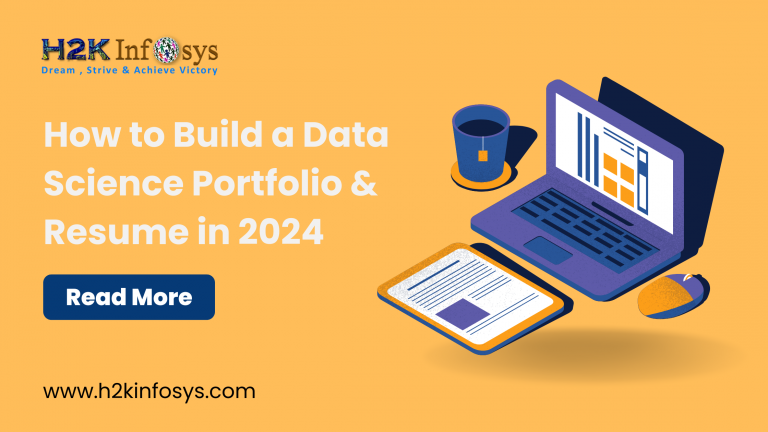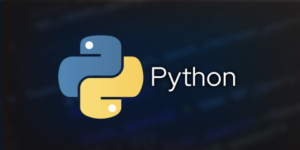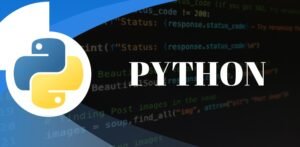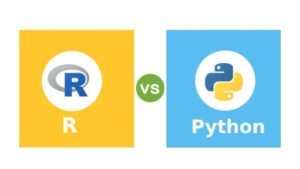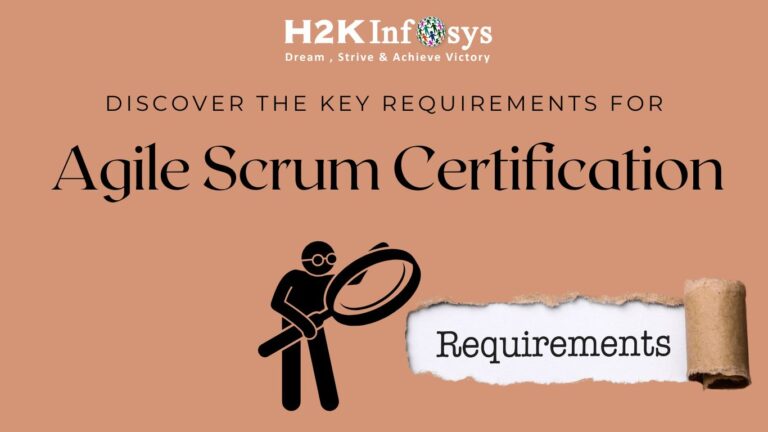It’s time to pursue a job in data science after completing a degree or certificate program. Data scientist jobs are growing, with new opportunities being created daily in almost every industry. The Bureau of Labor Statistics projects an 8% growth in employment for database administrators and computer systems analysts through 2030. The hiring process can be particularly taxing; applicants must navigate a variety of constantly evolving obstacles, such as choosing the best firms to submit their applications to and practising answers to challenging data science interview questions. They may also be rejected based on their lack of experience or expertise. Even though your academic and professional training has given you a solid knowledge base, there is still a crucial step that needs to be done with precision: preparing a data science resume and portfolio to appeal to a future employer. Check out the Data Science online course to learn more.
What Is a Data Science Resume?
Generally speaking, resumes are a great way to present oneself to a potential employer. Resumes, which are usually only one page long and one-sided, serve as a cursory introduction to the individual you are looking to hire. If you’re interested in a job in data science, you should make sure your application is competitive by showcasing your accolades, technical and soft skills, professional and academic experience, and other relevant information. Resumes from various career phases will be created and submitted by data science specialists who are your direct competitors for hiring. A new college graduate’s resume will be substantially different from the focus of a data science professional’s resume, who has previous experience in the field.
Both applicants are capable of producing strong resumes, but they should focus on highlighting their special advantages. A strong data science CV will have both general application information and content tailored specifically to the job posting. The process of writing a new résumé for each job you apply for is exhausting and time-consuming. It’s crucial to make minimal revisions to your resume when specific employment requires them in order to prevent this. For instance, if a job posting specifies that a candidate must have prior expertise with a less widely used data science programming language, you may impress a recruiter by amending your CV to highlight your proficiency with that language (if you do). A sensible, practical, and competitive data science resume should try to include these sections:
1. Contact Information
Your name ought to be the first thing a potential employer sees on your CV. Your name should be in a prominent, clear font that is larger than the remainder of the CV. Your contact details should be next to your name, either on the same page or very near to it, and should have the following elements:
- Email address
- Telephone number
- URL(s) leading to your data science portfolio online
This information is essential since it will serve as your point of contact in the event that an employer expresses interest in speaking with you. You’ll have a better chance of hearing back about your application if you can make this information more easily accessible.
2. Education Experience
For entry-level data science roles, the majority of employers want at least a bachelor’s degree, therefore emphasising your prior education is essential to a strong CV. It’s a good idea to list your most recent degree in the educational experience area. When applying, be careful to indicate when you plan to graduate if you’re still pursuing your bachelor’s degree. It is crucial to indicate the name of the school you attended and the date of your degree completion when you list your educational background. Employers can learn from this information how recently you obtained your degree and how it relates to the employment you are interested in. An essential element of this area may also be including your GPA.
In general, you should feel free to advertise your undergraduate or graduate GPA if it is more than or equivalent to a 3.0. If not, it’s usually advisable to keep your GPA off of the list. Lastly, you should mention any pertinent certificates you’ve earned in this section. For instance, you should feel comfortable sharing that information if you have a degree in mathematics but are certified in a data science-related field. Employers will see from your sophisticated approach that you have worked hard to enhance your professional standing in the industry and have the academic credentials to back it up.
3. Skills
The skill section of your resume is a more subjective place where you can include details about your professional profile that aren’t always apparent in other sections of the resume. Other sections of the resume follow more rigorous and clear rules. Many of the necessary talents that hiring managers look for in new employees are included in the job posting. In your data science CV, you should list the following hard and soft skills:
- Proficiency in Programming Languages: Python, R, Tableau, SQL
- Adaptability and flexibility to changing situations
- Self-motivation Management or leadership philosophies or techniques
- Data science strategies
These are some general guidelines that ought to be based on the details mentioned in the job advertisement. Here, it’s important to pay particular attention to the language used in the posting. Candidates with the particular skills that employers are looking for are those that they will want.
4. Work Experience
Regardless of your professional history, including a section that highlights your job experience is a crucial step in giving companies additional information about you. This is the ideal time to describe your previous employment history and the duties you carried out in your position if you have any prior experience in the industry. In this role, you can support your demonstrated skill set with examples from your prior work experience. It’s regarded as best practice to specify the duration of your employment with a company or organisation when describing your work experience. If you’re a recent graduate starting your career, this portion can appear light to you. It is nevertheless crucial to identify your previous employment here even if, as a student, you lack relevant, field-related work experience. This demonstrates to potential employers your work ethic, dependability, and track record as well as your capacity to change course, pick up new skills, and adjust to new teaching approaches. Even while the positions you held might not have been specifically related to data science, they nonetheless show information that companies in the field might find interesting and demonstrate your potential for initiative.
5. Honours & Awards
What distinctions or awards you have achieved at work or in school will be highly sought after by employers. Take this chance to list any awards you have received for your work in the workplace or the classroom. Scholarships and Dean’s List recognition are two general instances of honours and prizes that belong in this section. Awards that are more sector-specific include contests, technological events, or hackathons in which you have taken part or emerged victorious.
6. Activities and Volunteering Experience
A section on volunteer or community service activities can be quite helpful if you feel that your professional background is lacking. These experiences can demonstrate initiative, character, personal responsibility, and involvement. A potential employer may learn from this area that even though you haven’t yet made a direct career development in the field, you have nevertheless given back to your community.
Conclusion
To learn more about Data science, check out the online Data science training.
